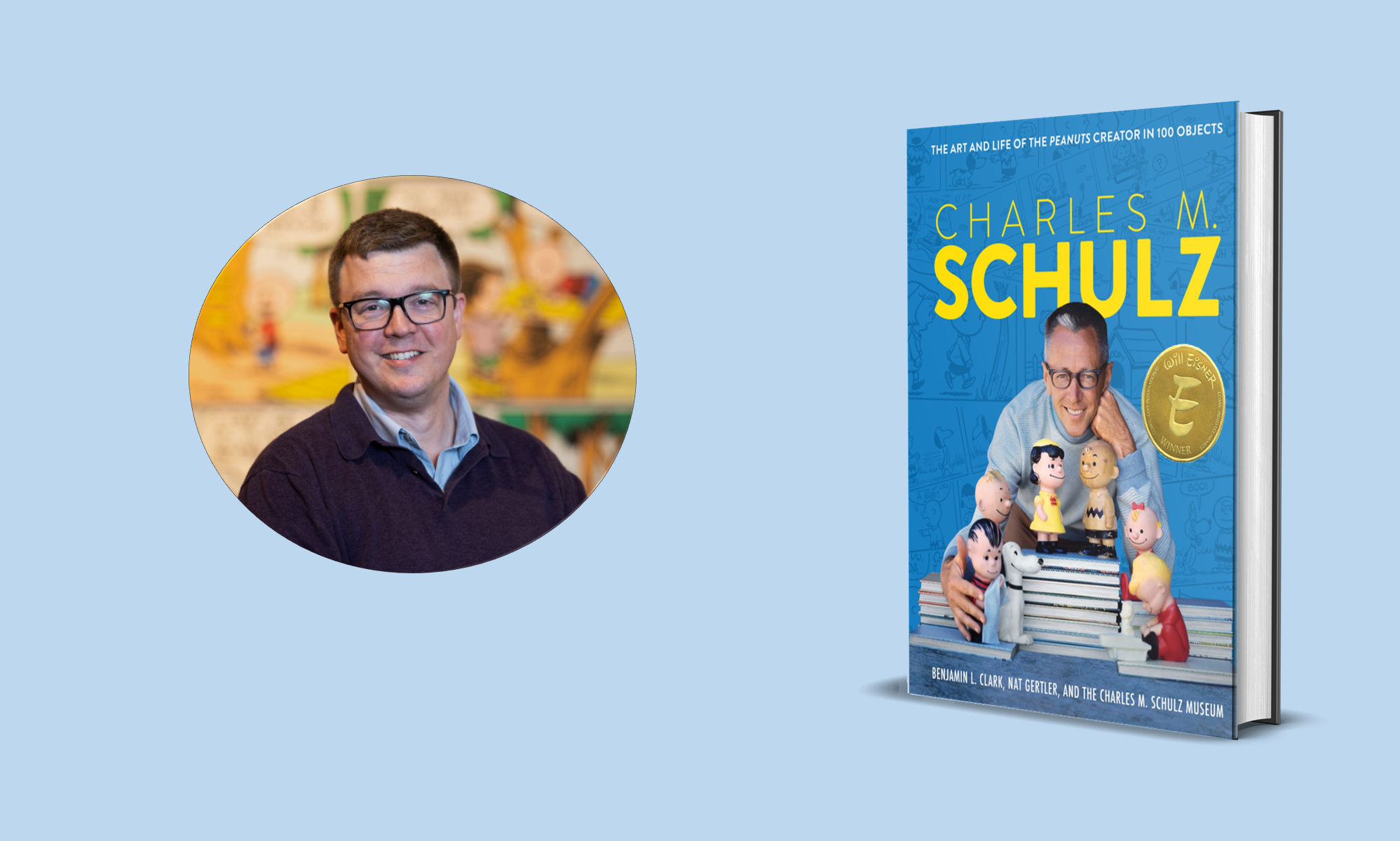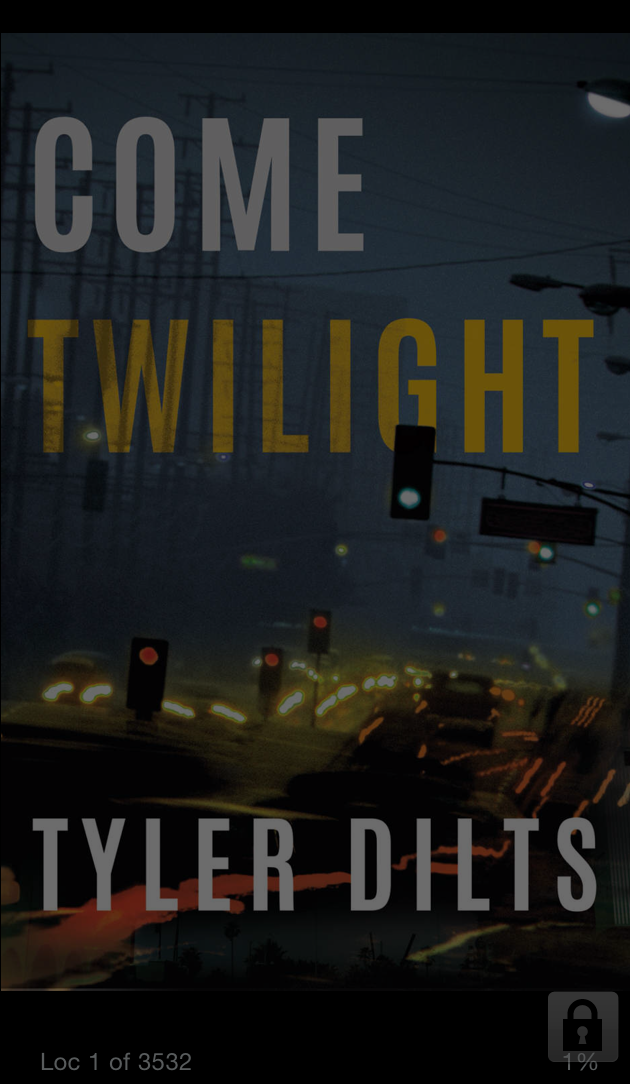Bookshops of Omaha — Omaha, NE

In 2000, I got a summer job in Belleview, just south of Omaha, Nebraska. “The big city” for Nebraska kids. With around a half-million residents in the metro area, it surprises people. “It’s like a real city,” my New York City-raised father-in-law said on a visit once many years later. You have to imagine it in his NYC-Italian-Bronx accent, expressing genuine surprise.
Back in 2000, it was my second summer vacation of college. I’d made the mistake of just going home the summer after my freshman year. It was dumb, but maybe I’d been more homesick than I could admit after that first year away. I had no idea what to do with myself besides going home and working again at my old job and hanging out with the few friends still hanging around.
If you’re reading this and you’re young and privileged enough to go away for school … stay away. Go somewhere else, anywhere, and do anything. ANYTHING. Except for work on a commercial fishing boat. I had friends that did that and still don’t talk about what happened that summer twenty years later. A good friend that went to northern Alaska that summer to work in an oil field had a better time. He also went to make “a ton of money,” but it turns out a bag of Doritos cost $20 or something and had to be ordered a week in advance. He came back about as broke as when he went but exhausted from the work and eager for the easy life of a student.
I learned my lesson, and about as far as I could get from Lincoln was Omaha — i.e., not far, but it was something. But living with family friends who fed me frequently, my expenses were virtually nil, which was good because my income was also almost nil. I made enough money for gas, liability insurance on my truck, and a little food. And, of course, old books.
Omaha still had several large used bookshops east of 72nd Street, including a cluster in Old Market. Twenty years later, I don’t remember the names and locations. They were all gone by the time I lived there again around 2015—all gone but one, Jackson Street Booksellers.
Jackson Street was and is an incredible shop. An excellent selection of books then and now. If you’re looking for a used copy of last year’s bestseller, they probably have it. If you’re looking for a first-person account about cooking donuts for troops during the Crimean War, they may have it. When we moved to California, I unloaded several hundred books on Jackson Street. They gave me great prices and were always available to look at another car trunk load of books. They’re also conveniently located in Old Market, where you can grab an ice cream cone or a beer (or both!) nearby if you require refreshment after browsing at Jackson Street.
One of the old bookshops, Pageturners, lives on in name only. The location in Dundee was bought and turned into a bar and now bears the name Pageturners Lounge. A nice bookish mural spans the back of the building, but other than that, it’s not much of a literary hangout. Going there for a beer on a quiet afternoon, a baseball game played on the TV. There wasn’t much else to look at in the big mirror above the bar. Even sitting there, I couldn’t recall much about the bookshop that had been there, though I’m sure I had been there many years earlier.
There was space for readings at the renovated bar and such, but I’d never attended any, though we tried. We were in the last months of pregnancy or had a newborn in our time there, so stopping in for a drink once was about all I could squeeze in. Omaha has a literary scene, though it is very small, and hard to get into if you’re not at one of the Universities. But Omaha does attract the occasional big name author for signings and such, so there’s often something good to look forward to if you’re a booklover.
About the Author: Benjamin L. Clark writes and works as a museum curator.





 Historical Fiction for the Historian
Historical Fiction for the Historian












